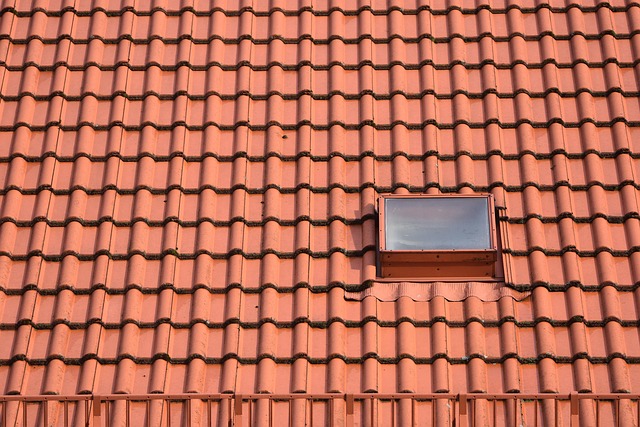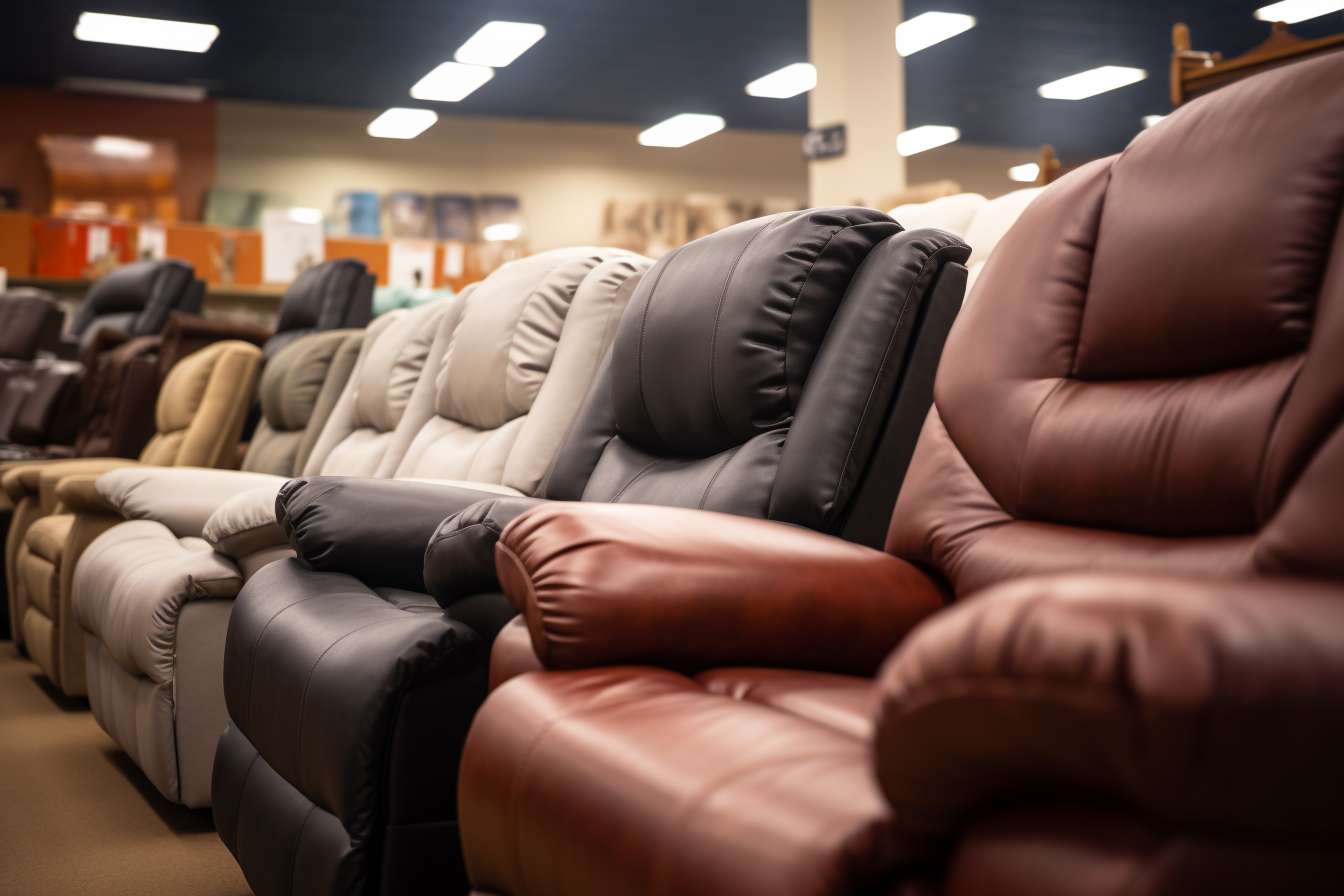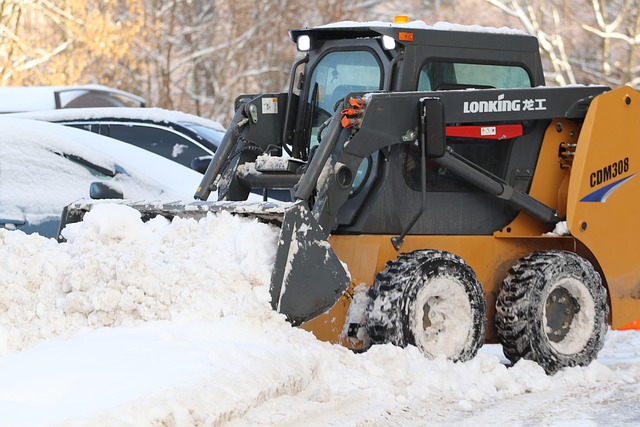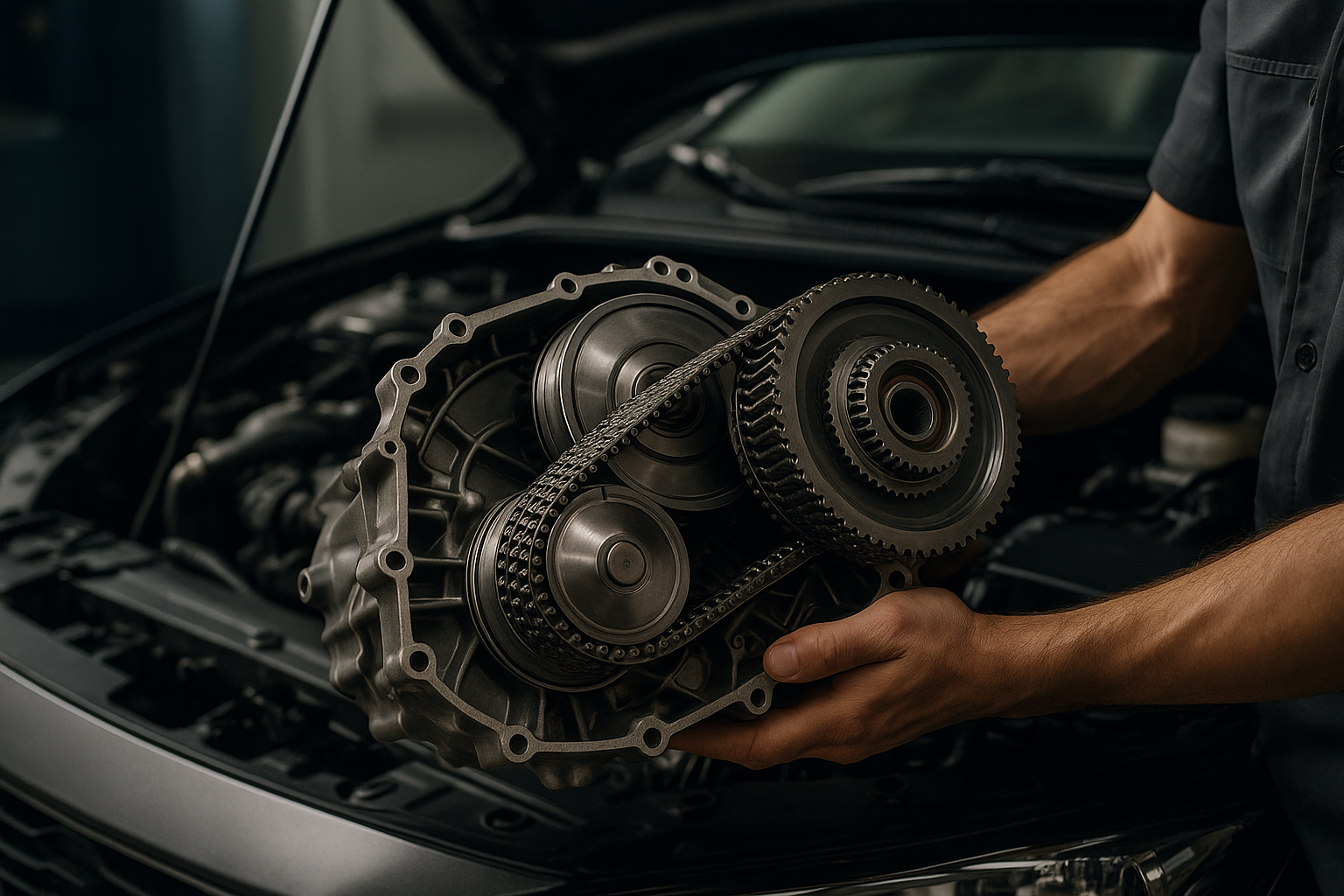Polycarbonate Sheets: A Comprehensive Guide to UV Protection and Durability
Polycarbonate sheets have become increasingly popular in construction and DIY projects due to their versatility, durability, and light-transmitting properties. These transparent or translucent panels offer a robust alternative to glass, making them ideal for roofing, skylights, greenhouses, and various architectural applications. One key feature that sets high-quality polycarbonate sheets apart is their UV protection. In this article, we'll explore the importance of UV protection in polycarbonate sheets and how it enhances their performance and longevity.

How does UV protection enhance polycarbonate sheet durability?
UV protection is crucial for maintaining the integrity and appearance of polycarbonate sheets over time. Without proper UV protection, these sheets can suffer from yellowing, brittleness, and reduced impact resistance. The UV protective layer, typically applied to one or both sides of the sheet, acts as a shield against harmful ultraviolet radiation. This protection prevents the degradation of the polymer structure, ensuring that the sheets retain their clarity, strength, and flexibility for years to come. By blocking UV rays, the protective coating significantly extends the lifespan of polycarbonate sheets, making them a more cost-effective and sustainable choice for long-term applications.
What are the key benefits of UV-protected polycarbonate sheets?
UV-protected polycarbonate sheets offer numerous advantages that make them an excellent choice for various construction and architectural projects:
-
Longevity: The UV protection layer dramatically extends the lifespan of the sheets, reducing the need for frequent replacements.
-
Color retention: UV-protected sheets maintain their original color and clarity, resisting yellowing and discoloration over time.
-
Strength preservation: By preventing UV degradation, these sheets retain their impact resistance and structural integrity.
-
Energy efficiency: Many UV-protected sheets also offer thermal insulation properties, helping to regulate indoor temperatures and reduce energy costs.
-
Versatility: These sheets can be used in a wide range of applications, from greenhouse roofing to skylights and outdoor structures.
-
Weather resistance: UV protection enhances the sheets’ ability to withstand various weather conditions, including rain, hail, and extreme temperatures.
What should you know about installing UV-protected poly roof sheets?
When installing UV-protected polycarbonate roof sheets, several factors should be considered to ensure optimal performance and longevity:
-
Orientation: Always install the sheets with the UV-protected side facing outward or upward to maximize protection against sunlight.
-
Expansion and contraction: Allow for thermal expansion by leaving appropriate gaps between sheets and using flexible sealants.
-
Support spacing: Follow manufacturer guidelines for proper support spacing to prevent sagging or damage under load.
-
Fastening methods: Use compatible fasteners and washers designed for polycarbonate sheets to prevent cracking or leaks.
-
Slope: Ensure adequate slope for water drainage to prevent pooling and potential damage.
-
Cleaning: Use mild soap and water for cleaning, avoiding abrasive materials that could damage the UV protective layer.
How do you choose the right thickness for UV-protected sheets?
Selecting the appropriate thickness for UV-protected polycarbonate sheets depends on several factors:
-
Application: Roofing typically requires thicker sheets than vertical glazing or greenhouse panels.
-
Span between supports: Larger spans necessitate thicker sheets to maintain structural integrity.
-
Load requirements: Consider snow loads, wind loads, and any additional weight the sheets must support.
-
Light transmission: Thicker sheets generally transmit less light, which may be a factor in greenhouse or skylight applications.
-
Insulation needs: Thicker sheets offer better thermal insulation, which can be beneficial in climate-controlled environments.
-
Budget considerations: While thicker sheets are more expensive, they often provide better long-term value due to increased durability.
How do UV-protected polycarbonate sheets compare to other roofing materials?
UV-protected polycarbonate sheets offer unique advantages when compared to traditional roofing materials:
-
Weight: Polycarbonate sheets are significantly lighter than glass or metal roofing, reducing structural load requirements.
-
Impact resistance: These sheets are highly resistant to impacts from hail or falling debris, outperforming glass and many metal options.
-
Light transmission: Unlike opaque roofing materials, polycarbonate sheets allow natural light to penetrate, reducing the need for artificial lighting.
-
Thermal insulation: Many UV-protected polycarbonate sheets offer better insulation than single-pane glass or metal roofing.
-
Installation ease: Polycarbonate sheets are easier to cut, shape, and install compared to glass or heavy metal roofing materials.
-
Cost-effectiveness: While initial costs may be higher than some traditional materials, the longevity and low maintenance of UV-protected polycarbonate sheets often result in better long-term value.
What are the cost considerations for UV-protected polycarbonate sheets?
When considering UV-protected polycarbonate sheets for your project, it’s essential to understand the cost factors involved. The price of these sheets can vary significantly based on thickness, size, UV protection level, and brand. Generally, you can expect to pay between $2 to $15 per square foot for UV-protected polycarbonate sheets, with premium options costing more.
Here’s a comparison of some popular UV-protected polycarbonate sheet options available in the United States:
| Product | Provider | Cost Estimation (per sq ft) |
|---|---|---|
| LEXAN™ THERMOCLEAR™ | SABIC | $4 - $8 |
| Makrolon® Multi UV | Covestro | $3 - $7 |
| PALRAM SUNLITE™ | Palram Americas | $2 - $6 |
| POLYGAL® Multiwall | Polygal | $3 - $9 |
| MAKROLUX® | Brett Martin | $5 - $12 |
Prices, rates, or cost estimates mentioned in this article are based on the latest available information but may change over time. Independent research is advised before making financial decisions.
When evaluating costs, consider not only the initial purchase price but also the long-term benefits of UV protection, such as reduced replacement frequency and maintenance costs. Additionally, factor in potential energy savings from improved insulation and natural light transmission. While UV-protected polycarbonate sheets may have a higher upfront cost compared to some alternatives, their durability and performance often make them a cost-effective choice over time.
In conclusion, UV-protected polycarbonate sheets offer a compelling combination of durability, versatility, and performance for various construction and architectural applications. By understanding their benefits, installation requirements, and cost considerations, you can make an informed decision on whether these innovative materials are the right choice for your project. As technology continues to advance, we can expect even more improvements in UV protection and overall performance of polycarbonate sheets, further cementing their place as a valuable building material.




